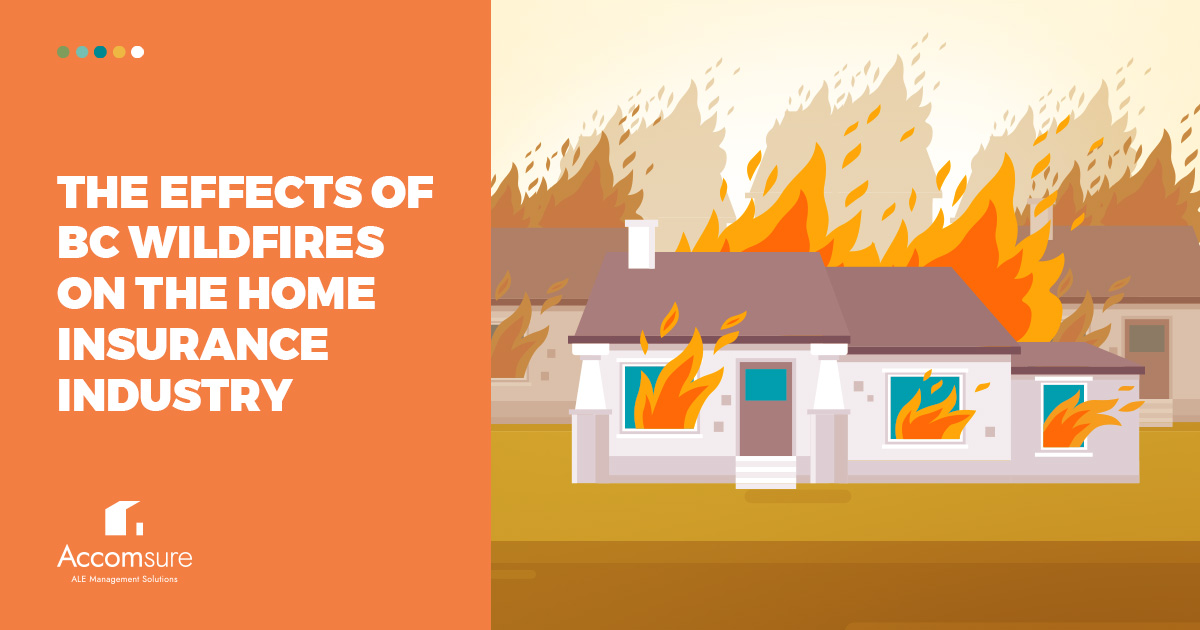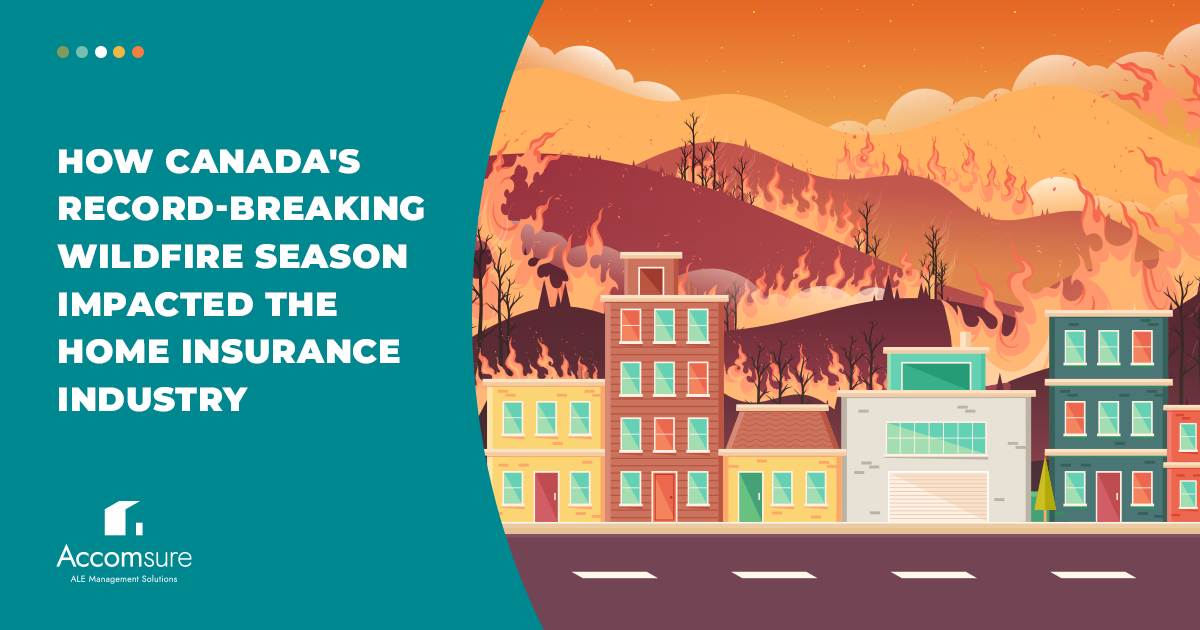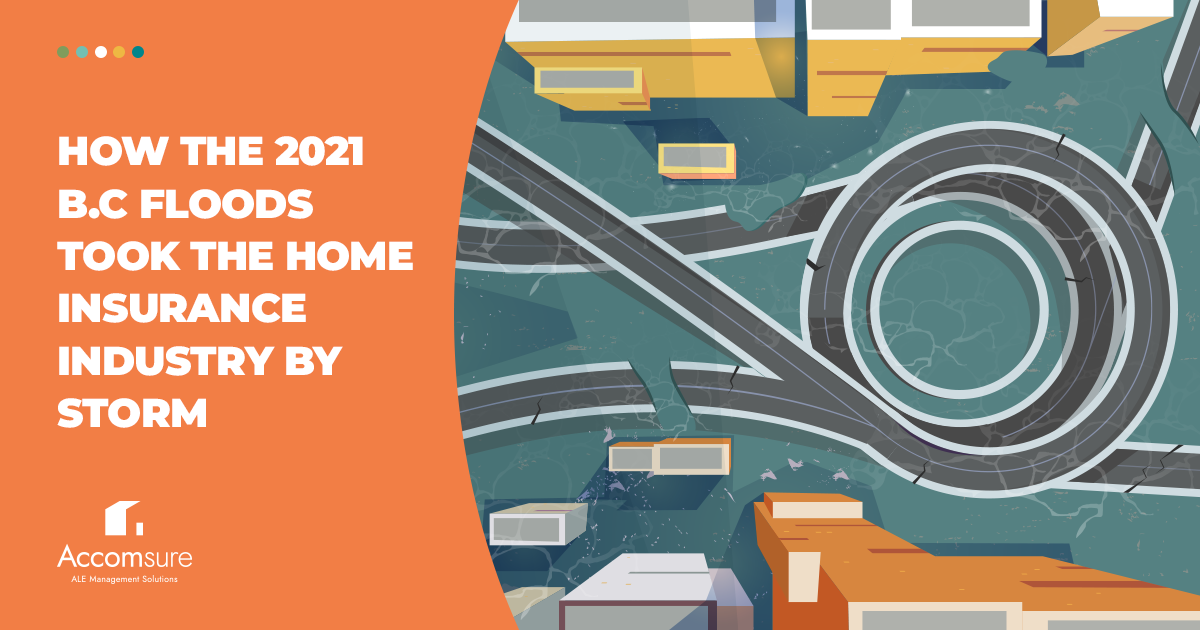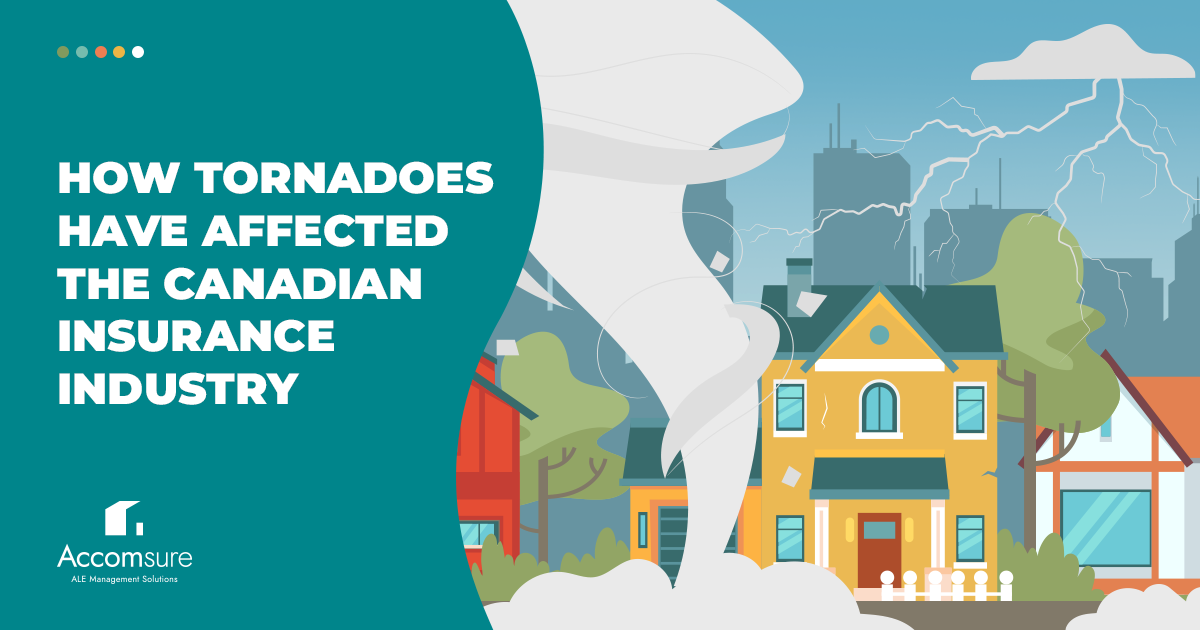As a long season of BC wildfires finally comes to a close, it’s time to reflect on the devastating impact these fires have had on policyholders throughout the province. BC wildfires have become an annual phenomenon. Every summer, many BC residents are at risk of being evacuated from their homes and displaced from their communities, hoping that their homes don’t join the thousands of others that have been burned down in previous years.
Not too long ago, fires were actually the top cause of insured residential property damage in Canada (University of the Fraser Valley). Fortunately, the Canadian insurance industry, along with other stakeholders, has played a significant role in helping to reduce the risk of urban fires. However, with several devastating BC wildfires in the past few years affecting hundreds of thousands of policyholders, there is a growing concern about the severity of insured losses due to wildfires.
In this article, we’re breaking down the most severe BC wildfires in recent history and how they negatively affected both policyholders and insurance companies alike. We’ll then discuss how Canadian insurers can reduce their losses the next time the BC wildfire season rolls around.
The Largest & Most Devastating BC Wildfires in Recent History
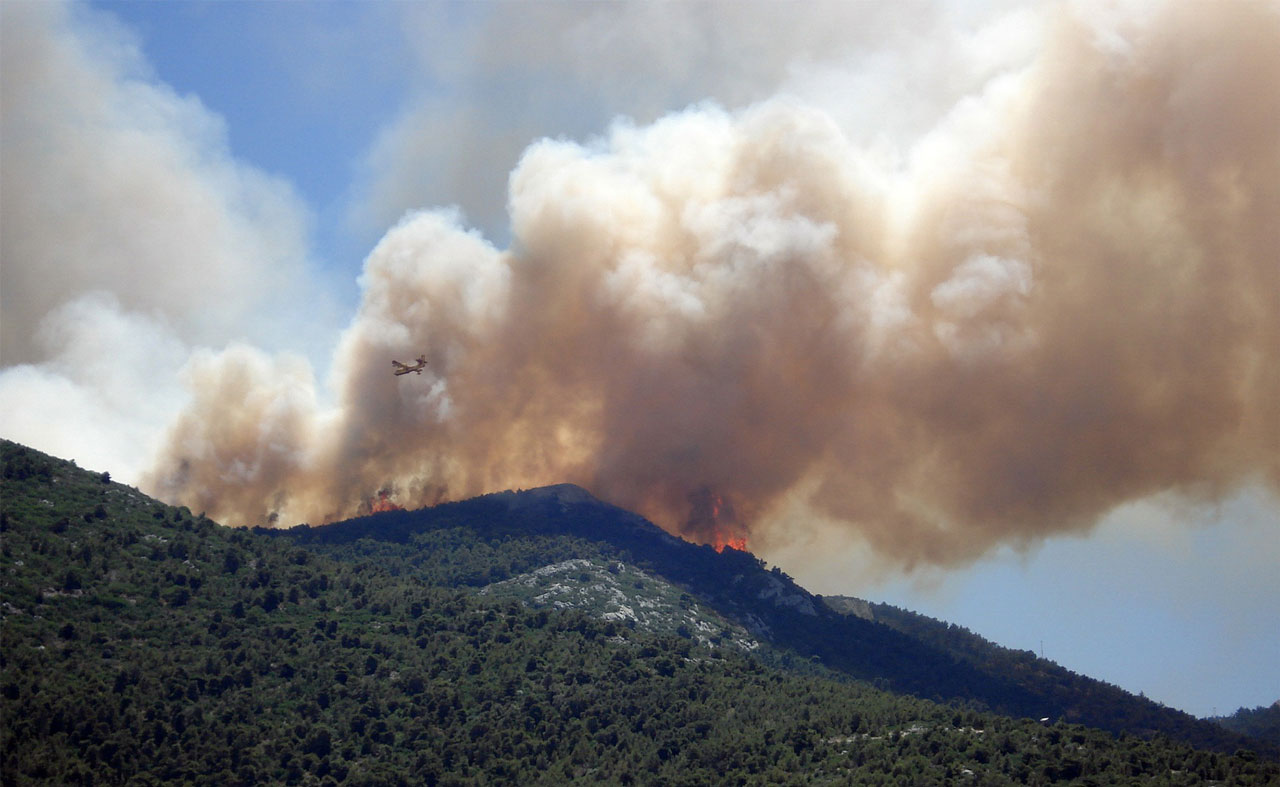
Policyholders and insurance companies across Canada have faced numerous severe wildfires over the past few years that have displaced thousands of residents and left insurers with a substantial bill to foot. Such fires include the Fort McMurray wildfire in 2016 that resulted in nearly 88,000 displaced residents (Government of Alberta) and an estimated $3.8 billion in insured damages (CBC).
However, the majority of the wildfires in Canada burn in Southern BC due to its dry climate and thick forests. The following are some of the most devastating BC wildfires in recent years.
2021 BC Wildfires
Following a remarkably calm wildfire season in 2020, the recent 2021 BC wildfires raged at their usual force. Although many of the stats and data regarding the 2021 wildfires have yet to be released, here’s what we know so far:
- At least 868,604 hectares of area was burned (BC Gov News)
- Approximately 32,000 people were displaced (CBC)
2017 BC Wildfires
The second worst BC wildfires in recorded history took place in the summer of 2017. A significant number of the wildfires from this year were caused by a single lightning storm that lit over 100 fires (The Canadian Press) throughout the area. Here’s how these wildfires affected BC residents and their insurance companies:
- 1.2 million hectares of area was burned (The Canadian Press)
- An estimated 65,000 people were displaced (The Canadian Press)
- 444 structures were destroyed (Government of British Columbia)
2018 BC Wildfires
Finally, the largest and most devastating BC wildfire season on record occurred in 2018. Due to the raging fires that happened this year, the provincial government had to spend $615 million (The Canadian Press). Here’s the data for the most severe wildfire season in BC history:
- 1.35 million hectares of area was burned (The Canadian Press)
- 66 evacuation orders were issued (The Canadian Press)
- 2,211 properties were evacuated (The Canadian Press)
How the Insurance Industry Can Reduce the Impact of BC Wildfires in the Future
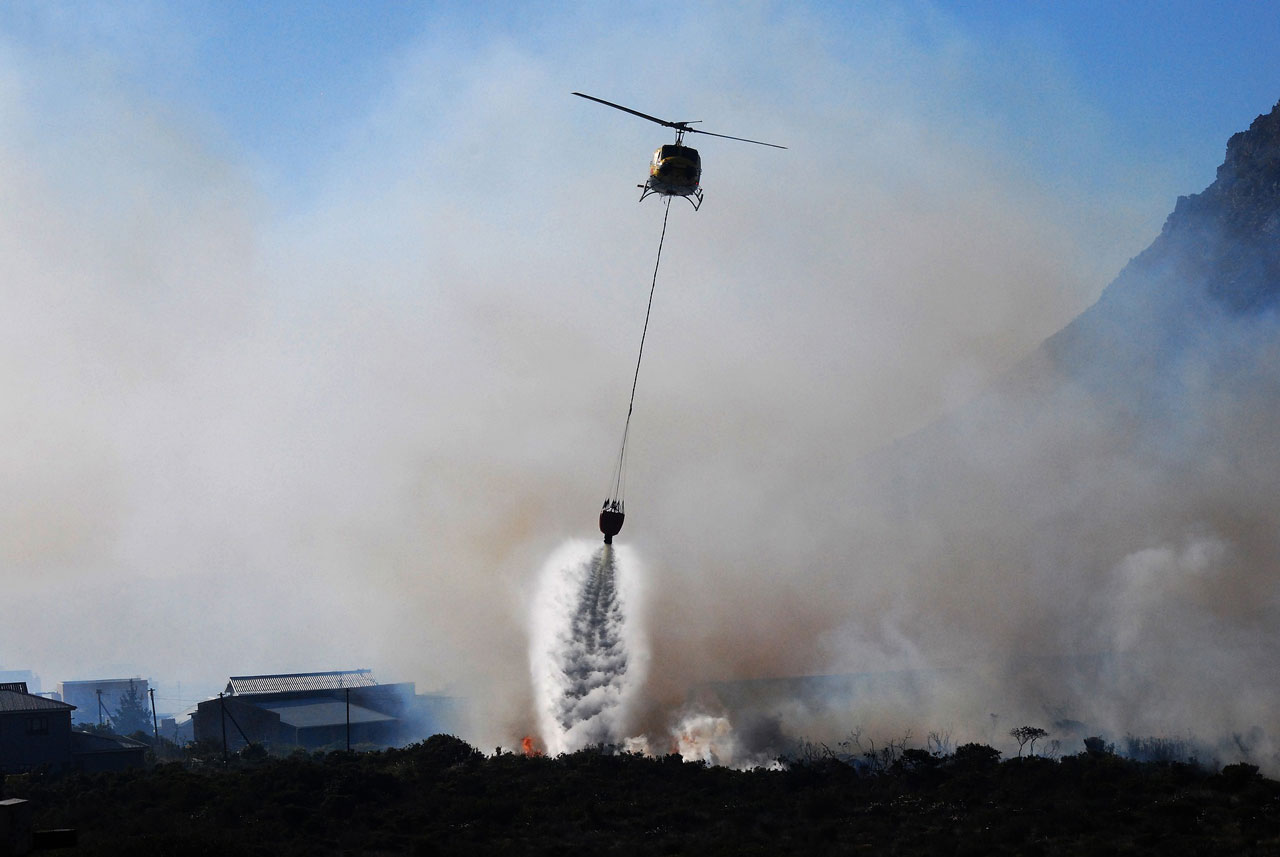
With many insurers helping to reduce residential fires in urban areas, communities are becoming safer and property damage due to house fires is dropping (University of the Fraser Valley). However, the increasing devastation of BC wildfires in recent years proves that Canadian insurance companies are not yet in the clear. Below are a few of the ways that insurance companies can adapt or react to reduce their losses in the coming years.
Better Risk Assessment
As the risk of BC wildfires appears to be increasing, it’s time for insurance companies to reevaluate their risks. According to the University of the Fraser Valley, insurers should address their changing risk exposure by improving risk assessment and modelling through tools such as satellite maps. By investing time and resources in better risk assessment, insurers can help their policyholders mitigate their risk, provide more appropriate insurance coverage, work with governments to invest in effective wildfire risk management, and ultimately, enable better decision making across the board.
When you effectively assess the risks, you’re able to provide more accurate insurance pricing and reward those who engage in risk reduction.
Modified Insurance Coverage for Remote Communities
In recent years, there has been a trend of higher risk exposure in remote communities compared to urban or suburban areas (University of the Fraser Valley). The University of the Fraser Valley explains that providing the same coverage to all policyholders regardless of the area has often left policyholders in remote communities with insufficient coverage. In these cases, many insurance companies have a history of being flexible and supporting policyholders regardless of their insufficient coverage to maintain a positive reputation. However, this results in greater losses for the insurer.
In order to limit extra losses, it’s important for insurers to ensure prices match both the scope of the coverage and the level of risk.
ALE Management Solutions
Finally, the truth is, wildfires are inevitable, and they are going to affect and displace some of your policyholders each year. When wildfires happen and your policyholders are evacuated from their homes and communities, they are going to feel stressed and confused. Not only will adjusters experience an influx of home insurance claims, but they will also be faced with families experiencing real tragedies who don’t know where they’re going to spend the night.
When this happens, your best course of action is to submit your claims with Accomsure. We’ll take care of your policyholders’ ALE requirements so adjusters can focus on the claims. Our compassionate professionals take the burden off of you and provide a pain-free, seamless transition for policyholders into their temporary homes.
Visit our website to submit a claim or contact us to learn more.
